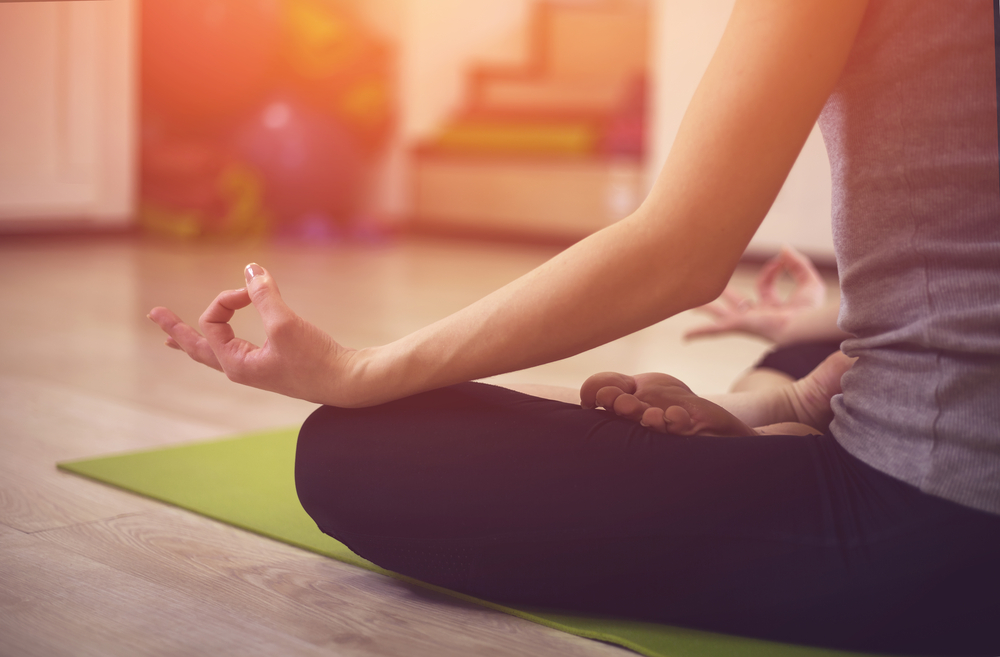We’ve all felt it. Sunday night, you’re beginning to come down from the joy of your weekend and reality that you have to go back to work the next day is starting to set in.
The feeling of stress or anxiety for the upcoming week is known as, “The Monday Blues,” and if you feel it, you’re not alone. Whether you don’t love your job or class, or you just feel overwhelmed with all that you have to accomplish within the week, its easy to feel negative emotions about the coming work week.
To help get you through, we’ve put together 5 tips to help you stay joyful and motivated throughout the week.
- Prepare for Monday on Friday You don’t want to dedicate your allocated down time on the weekends to prepare for Monday. This can make Monday mornings particularly chaotic since a lot of the time is dedicated to playing “catch up” from work that has piled up over the weekend. To help ease some of the burden, make sure you are using the last hour of your day on Friday to prepare for Monday. When possible, hold off scheduling calls or meeting until later on in the day on Monday.
- Practice good self-care principles The basics of self care should not be neglected, especially when you have a busy week coming up. This means getting a good night’s rest, eating a healthy breakfast, and fitting in some good physical activity. The better you feel on the inside, the more equipped you are to handle all the outside stresses that the day may throw at you
- Add moments of joy to your schedule Your calendar should not only be full of work deadlines and appointments. Make sure that you schedule in fun with friends, work out classes, walks with your dog, or anything else that brings you joy. Even if you don’t have a ton of downtime to spare, there is always an opportunity to carve out some time for joy.
- Tackle one task at a time Nothing is more overwhelming than seeing dozens of items on your to-do list. Ease the burden on yourself by working on one thing at a time. Not only will this help you stay organized, but it will also give you the feeling of satisfaction that comes along with checking items off the list.
- Evaluate your situation While feeling the blues for a coming Monday sometimes is normal, continuously feeling dread or unhappiness to go into work is not. If you are constantly feeling anxiety about going into the office, it may be time to re-evaluate how happy you are in your position.



